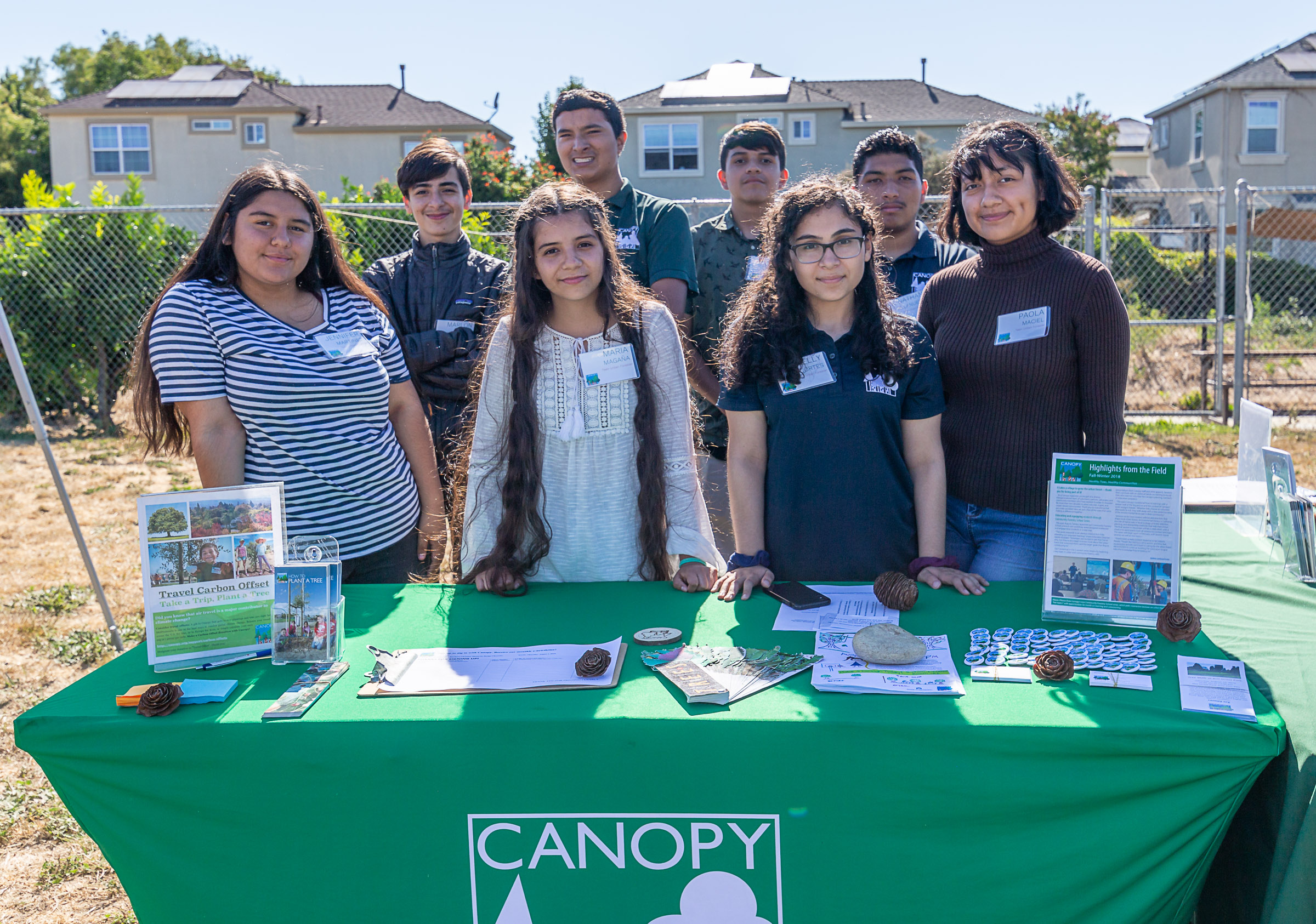- About Us
- Our Work
- Tree Info
- Get Involved
- Blog
- Volunteer
- Support Us
By Canopy Team on September 12, 2019
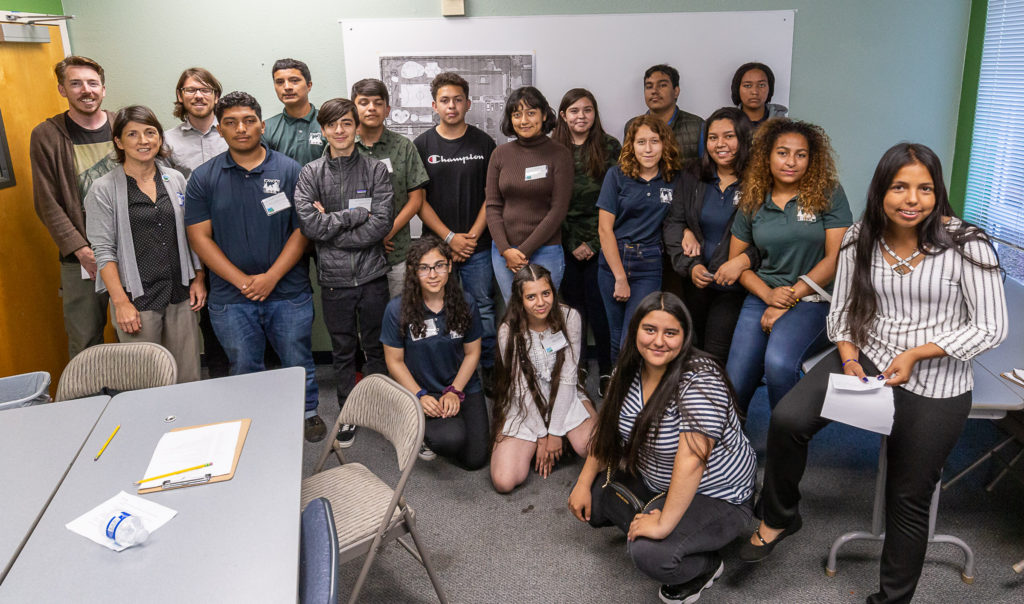
In this post, Canopy Teen Urban Foresters Kelly Cortes and Paola Maciel share their experience working on a project to create a community park at Bayshore Christian Ministries’ property in East Palo Alto.
Since early July, we worked with Canopy as Teen Urban Foresters (TUFs) to diligently care for young trees in our community of East Palo Alto alongside our fellow TUFs. Working as a TUF with Canopy was an amazing experience filled with challenging projects, opportunities to bond with colleagues, and give back to our community in a way that allows us to see immediate and lasting effects.
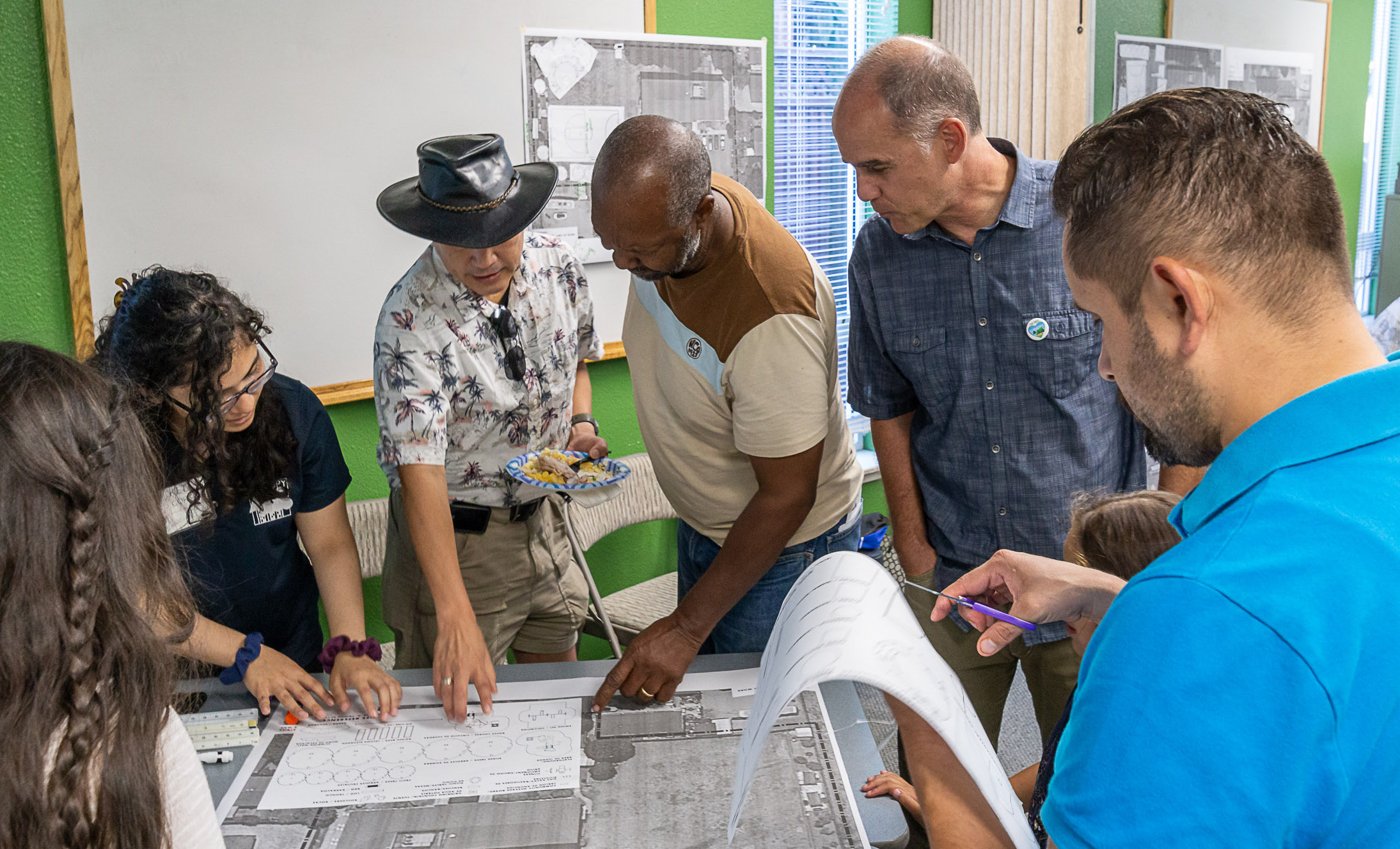
A big part of the work we do as TUFs involves tasks like watering, mulching, weeding, and pruning young trees to help them survive and prosper in the hot summer. But this year, we had the opportunity to become involved in an ongoing project with a local organization, Bayshore Christian Ministries (BCM), to help gather community input to design a park space for them.
The first stage of the project was started earlier this year by the spring-session TUFs. The spring TUFs led workshops at BCM to create designs for the park with community members. They created their own designs with features they wanted to see included in the park.
The summer-session TUFs took over for the second phase which involved a design charrette with BCM community members to finalize the design for the park. We gathered feedback that will help us develop a plan that will be implemented in the fall.
This project required us to work together well as a team and overcome any difficulties that came about. One big challenge we discussed with BCM was that it would be difficult for TUFs to gather specific input directly from the community for PlaceWorks, the landscape design company that would prepare the final design for the park. Although we faced a few obstacles like this one, we learned that by working in teams we could tackle them efficiently and effectively.
As a team, we were able to come together and successfully complete our portion of the project. Here are each of our reflections after having completed the project:
A huge portion of the project consisted of having the TUFs interact with and efficiently lead community members through the design charrette, something that I was particularly nervous about. In my previous years as a TUF, I’ve had many opportunities to lead volunteers through outdoor pruning and tree planting events, both more physically involved tasks that made explaining and collaborating with community members a bit easier, helping me to become a better leader.
In this project, we practiced exercising more conversational skills and practiced leading each other through the charrette, asking different kinds of questions, proposing compromises between potential clashing ideas, and talking through some ideas that members of the community could potentially come up with.
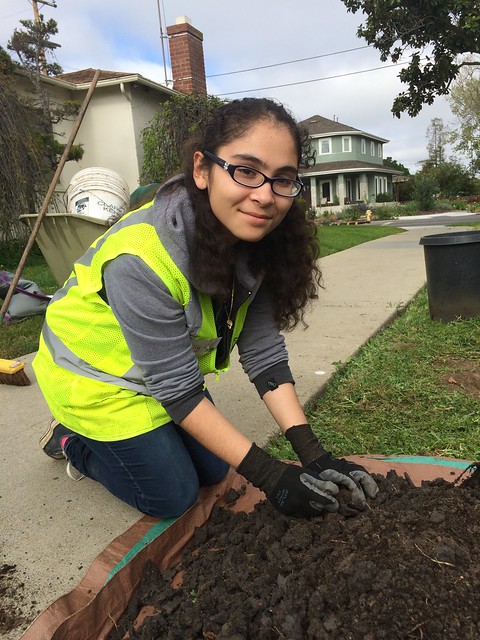
This practice definitely helped my fellow TUFs and I develop confidence not only in going through the motions of leading the design charrette for the project, but also in becoming more familiar with one another and our strengths and areas for individual improvement. Given that we worked mainly in pairs throughout the project I spent a lot of time practicing leading with my partner, Maria, and with her help we both grew more comfortable and capable of being able to ask community members pointed questions, while also promoting creative freedom to involve and excite numerous ideas for communities members to piece together a sample layout of a park.
Overall, the experience was a new and daunting one for many of us. But it was all worthwhile to know that our combined efforts will contribute to the community’s goals for a greener, livelier and more inviting area where all are welcome.
When preparing for the design charrette held at BCM, it was difficult to determine how exactly the event would turn out and if parents/students would be willing to participate in the project’s design. Keeping this in mind, we went through charrette practice after charrette practice, until we felt confident.

Once I was ready, I made sure to remember all of our tips and strategies for the day of the design charrette with BCM. I would love to say that everything went completely smoothly and getting community input was easier than I expected, but at first people were hesitant to give input.
However, I, along with many of my fellow TUFs were prepared and ready to strategize new ways to gather input. In fact, instead of waiting for people to come to our table, we went to them and explained the importance of our project and of their input for designing a park in that very area.
Slowly, they began to fill the rooms where the charrette was being hosted and came prepared with questions, comments, and overflowing excitement. I was excited not only for the input we got and the project, but for the fact that we were successfully part of something beneficial to everyone there. We made it through with some amazing input by people passionate about the wellness of the community, just like us.
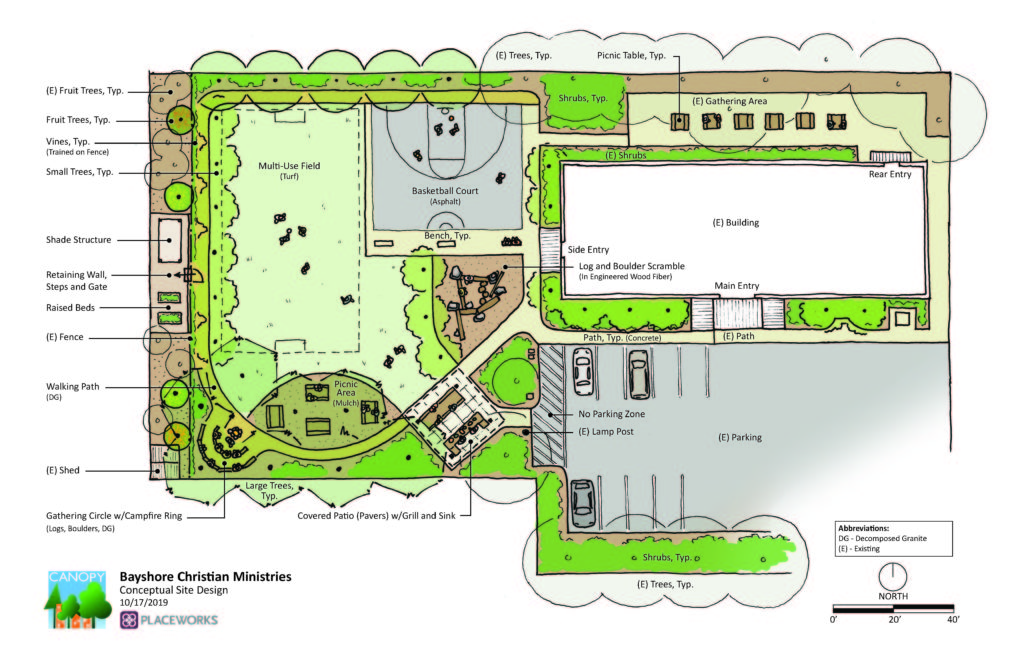
The well-being of our community was perhaps the most important and prevalent focus of our work. Constantly, we asked ourselves how every decision made in either project design or the maintenance of the urban forest could impact those around us. We had to keep in mind the needs of people regarding safety, leisure, environmental health, and convenience in their everyday lives.
Keeping the needs of the community on our minds as we worked and prepared for our project, we also began to change ourselves and the ways we contributed to the world in our everyday lives.
Looking at the people we were both before and after becoming TUFs, both of us agree that Canopy changed us to become hardworking, more aware, and, generally, better people overall. For instance, we are both now invested in slowly changing our habits to lessen our contribution to the climate crisis. We agree that working with Canopy was a catalyst for change in our own everyday behavior and lifestyles.
To conclude this post on a funny note, we’ve come up with tree/Canopy-related puns to share:
– Our puns are Oak-kay
– Trees are all bark and no bite
– Don’t leaf me hanging
– When weeding, you have to get to the root of the problem
– You wood not even be-leaf what happened at work today
Special thanks to Kaiser Permanente Northern California Community Benefit Programs for their support of this project!
